RBA kept cash rate unchanged at 1.50%. The accompany statement is over 90% a carbon copy of the prior one.
Globally, RBA noted that advanced economies are growing at above-trend rate with low unemployment which China’s growth slowed a little. Inflation remains low but further increases are expected. There is one ongoing uncertainty due to US international trade policy. Domestically, RBA maintain the forecasts of a bit above 3% growth in 2018 and 2019. Household consumption is one continuing source of uncertainty.
Terms of trade are expected to decline over time but stay at relatively high level. Australian Dollar has “depreciated against the US dollar along with most other currencies.”
Labor market outlook remains positive and further gradual decline in unemployment is expected to around 5%. Wage grow should pick up over time, gradually. Inflation is expected to slow to 1.75% in Q3 due to once-off declines in some administered prices. But it’s expected to pick up in 2019 and 2020.
Full statement below:
Statement by Philip Lowe, Governor: Monetary Policy Decision
At its meeting today, the Board decided to leave the cash rate unchanged at 1.50 per cent.
The global economic expansion is continuing. A number of advanced economies are growing at an above-trend rate and unemployment rates are low. Growth in China has slowed a little, with the authorities easing policy while continuing to pay close attention to the risks in the financial sector. Globally, inflation remains low, although it has increased in some economies and further increases are expected given the tight labour markets. One ongoing uncertainty regarding the global outlook stems from the direction of international trade policy in the United States.
Financial conditions remain expansionary, although they are gradually becoming less so in some countries. There has been a broad-based appreciation of the US dollar this year. In Australia, money-market interest rates are higher than they were at the start of the year, although they have declined somewhat since the end of June. These higher money-market rates have not fed through into higher interest rates on retail deposits. Some lenders have increased mortgage rates by small amounts, although the average mortgage rate paid is lower than a year ago.
The Bank’s central forecast is for growth of the Australian economy to average a bit above 3 per cent in 2018 and 2019. In the first half of 2018, the economy is estimated to have grown at an above-trend rate. Business conditions are positive and non-mining business investment is expected to increase. Higher levels of public infrastructure investment are also supporting the economy, as is growth in resource exports. One continuing source of uncertainty is the outlook for household consumption. Household income has been growing slowly and debt levels are high. The drought has led to difficult conditions in parts of the farm sector.
Australia’s terms of trade have increased over the past couple of years due to rises in some commodity prices. While the terms of trade are expected to decline over time, they are likely to stay at a relatively high level. The Australian dollar remains within the range that it has been in over the past two years on a trade-weighted basis, but it has depreciated against the US dollar along with most other currencies.
The outlook for the labour market remains positive. The unemployment rate has fallen to 5.3 per cent, the lowest level in almost six years. The vacancy rate is high and there are reports of skills shortages in some areas. A further gradual decline in the unemployment rate is expected over the next couple of years to around 5 per cent. Wages growth remains low, although it has picked up a little recently. The improvement in the economy should see some further lift in wages growth over time, although this is likely to be a gradual process.
Inflation is around 2 per cent. The central forecast is for inflation to be higher in 2019 and 2020 than it is currently. In the interim, once-off declines in some administered prices in the September quarter are expected to result in headline inflation in 2018 being a little lower, at 1¾ per cent.
Conditions in the Sydney and Melbourne housing markets have continued to ease and nationwide measures of rent inflation remain low. Housing credit growth has declined to an annual rate of 5½ per cent. This is largely due to reduced demand by investors as the dynamics of the housing market have changed. Lending standards are also tighter than they were a few years ago, partly reflecting APRA’s earlier supervisory measures to help contain the build-up of risk in household balance sheets. There is competition for borrowers of high credit quality.
The low level of interest rates is continuing to support the Australian economy. Further progress in reducing unemployment and having inflation return to target is expected, although this progress is likely to be gradual. Taking account of the available information, the Board judged that holding the stance of monetary policy unchanged at this meeting would be consistent with sustainable growth in the economy and achieving the inflation target over time.




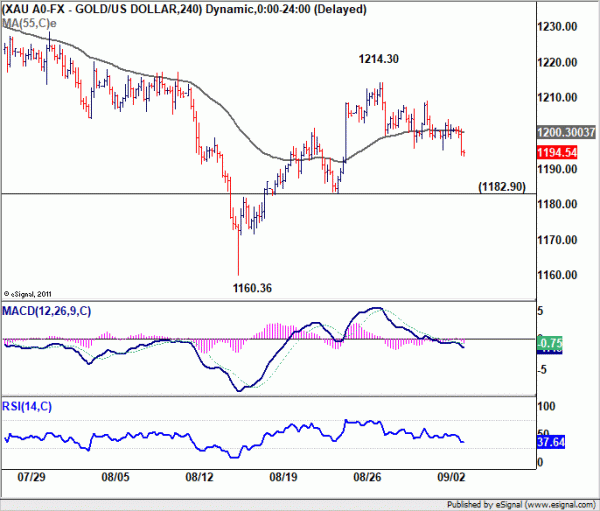
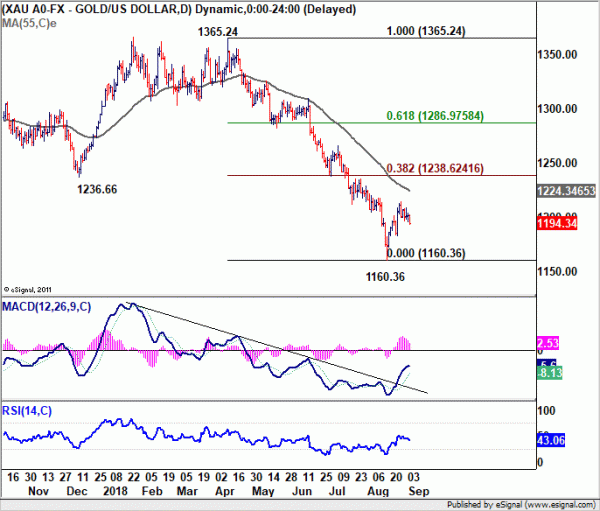
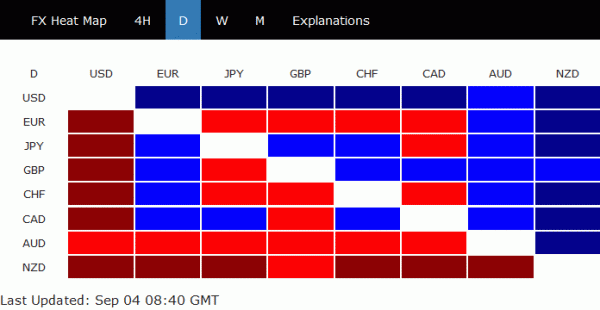
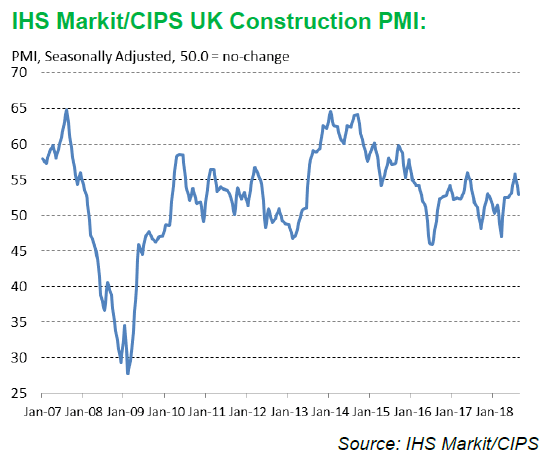
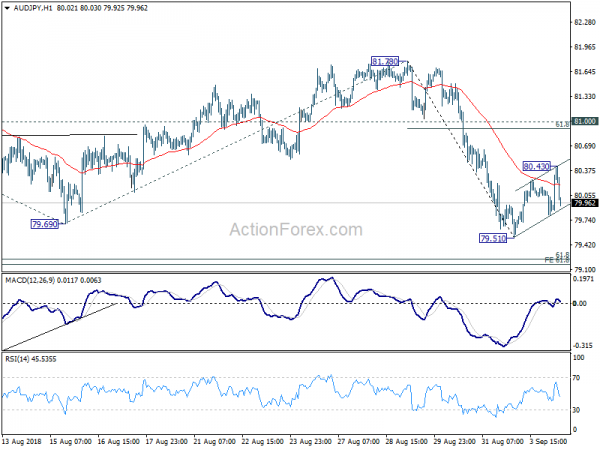
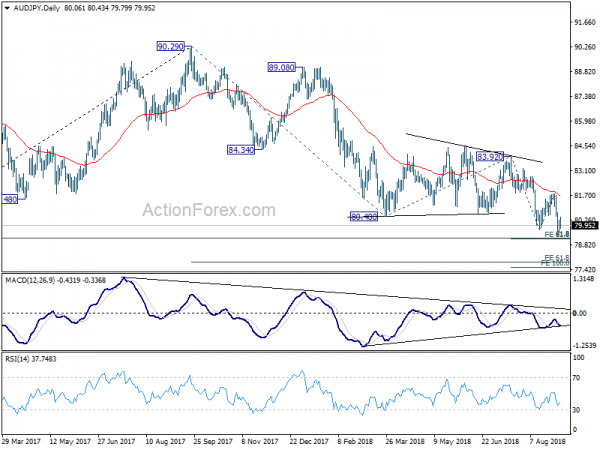
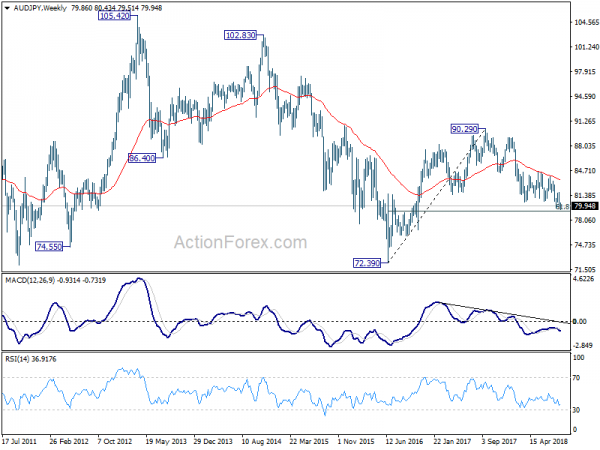
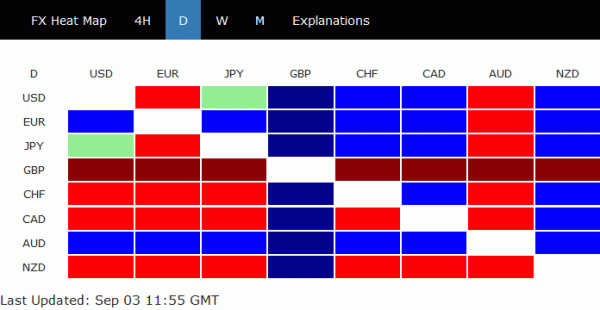

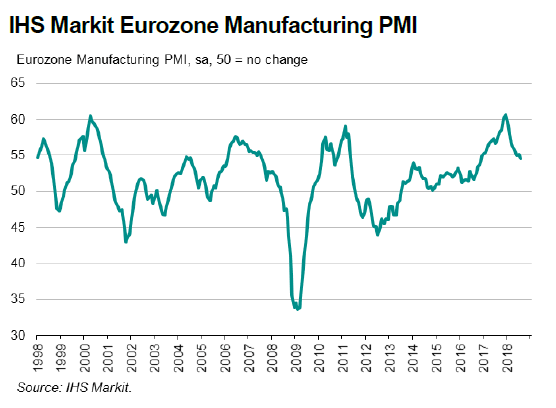
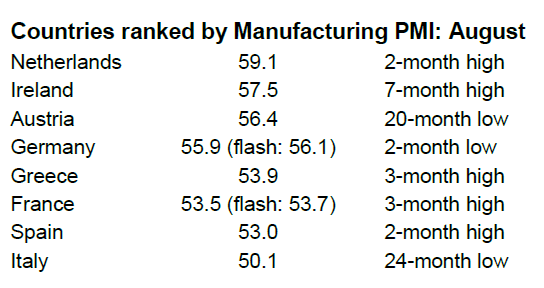

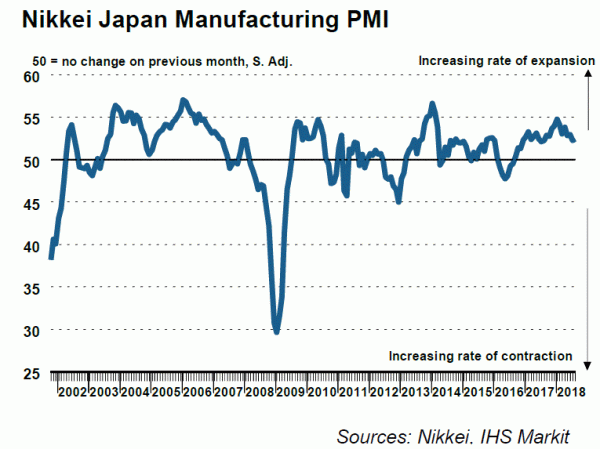
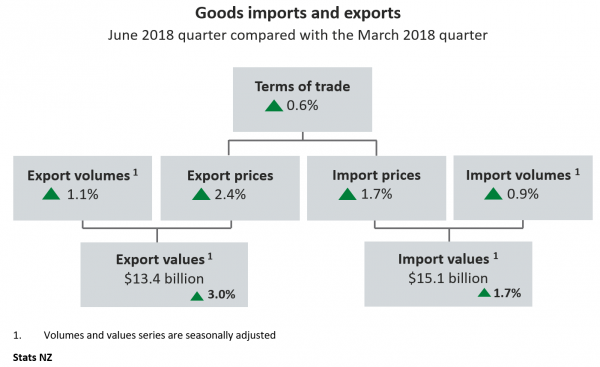
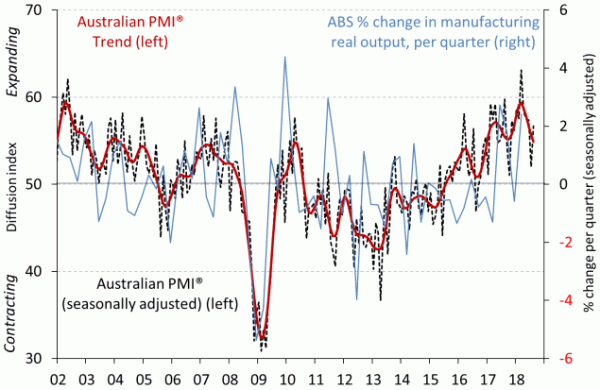
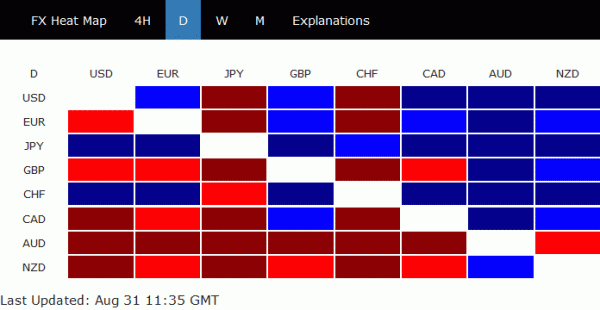

UK DExEU Rycroft: No-deal Brexit plans in place, economic analysis of Chequers plan ongoing
In UK, Philip Rycroft, Permanent Secretary at the Department for Exiting the European Union (DExEU) told the parliament that the plans for no-deal Brexit are “in place”. And, “they are at a level of detail which satisfies the team at DEXEU … we are constantly monitoring those plans to make sure they are kept up to date.”
Also Rycroft said there were studies on the economic impact of Prime Minister Theresa May’s Chequers plan and “the work is ongoing”.